Harald Zwart's remake of the classic coming-of-age martial arts movie The Karate Kid turned 10 years old this past June. Starring Jaden Smith and Jackie Chan, the film follows a young African American boy who is forced to relocate to China with his single mother. When he arrives, Dre (Smith) is befriended by Mr. Han (Chan), a martial arts expert who slowly teaches the boy how to defend himself.
Released on June 11, 2010, The Karate Kid became a massive hit at the domestic and international box-office. The film cost roughly $40 million to make and grossed more than $176 million in North America and an additional $182 million internationally for a total take of $358 million.
10 The Remake Was Almost Titled The Kung Fu Kid

Although the movie features zero karate, original series producer Jerry Weintraub insisted on keeping the popular title intact to make as much money as possible. Weintraub briefly considered changing the title to The Kung Fu Kid, but ultimately decided otherwise.
However, the film title differs in various Asian territories. In the People's Republic of China, the film is called The Kung Fu Dream. In Japan and South Korea, the film is weirdly called Best Kid.
9 Jaden Smith Studied 3 Martial Arts Techniques
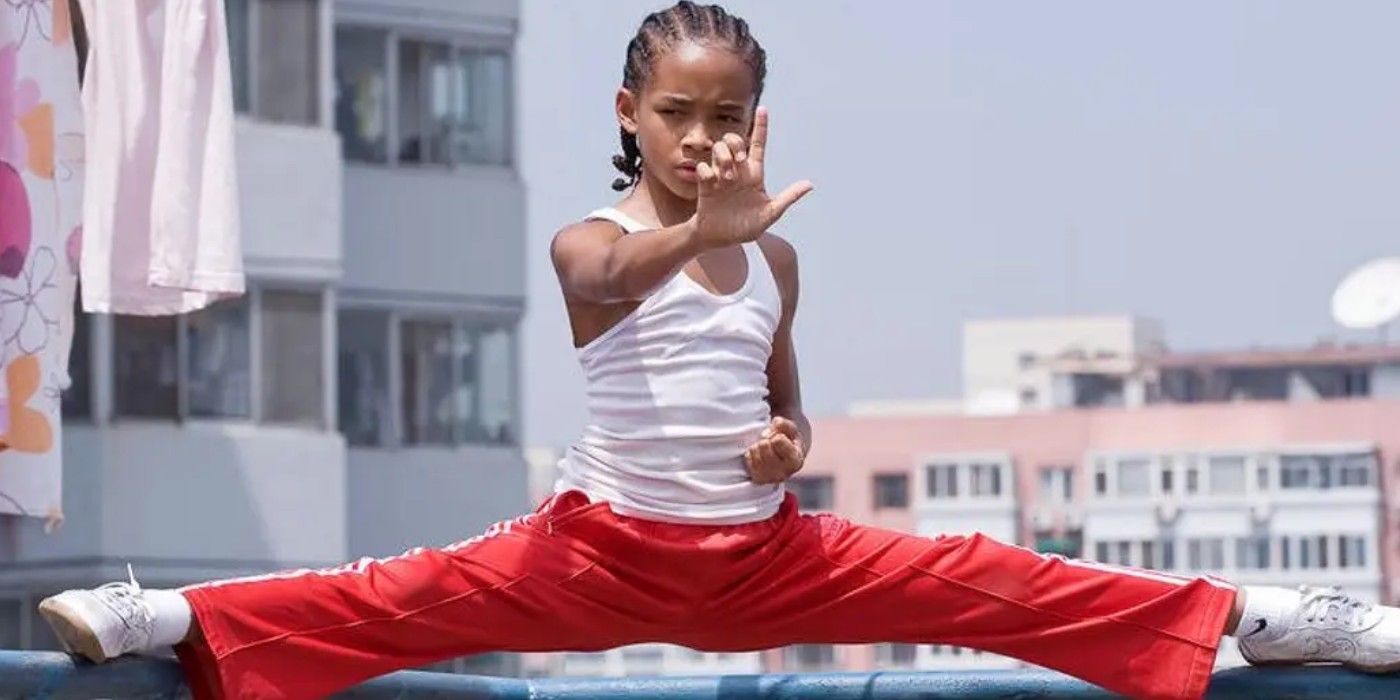
For the role of 12-year-old Kung Fu student Dre Parker, Jaden Smith spent three months training in various martial arts techniques. One of the techniques seen in the film includes the Crane Style of Kung Fu, which Dre witnesses a woman practicing atop the dragon head at the temple.
Crane Style includes expertly balancing on one foot, which is very reminiscent of the "crane kick" that Mr. Miyagi (Pat Morita) taught Daniel LaRusso (Ralph Macchio) in the original The Karate Kid film. The woman also holds a cobra snake, another link to the Cobra Kai dojo from the original series.
8 Jackie Chan's Eminence Helped Production
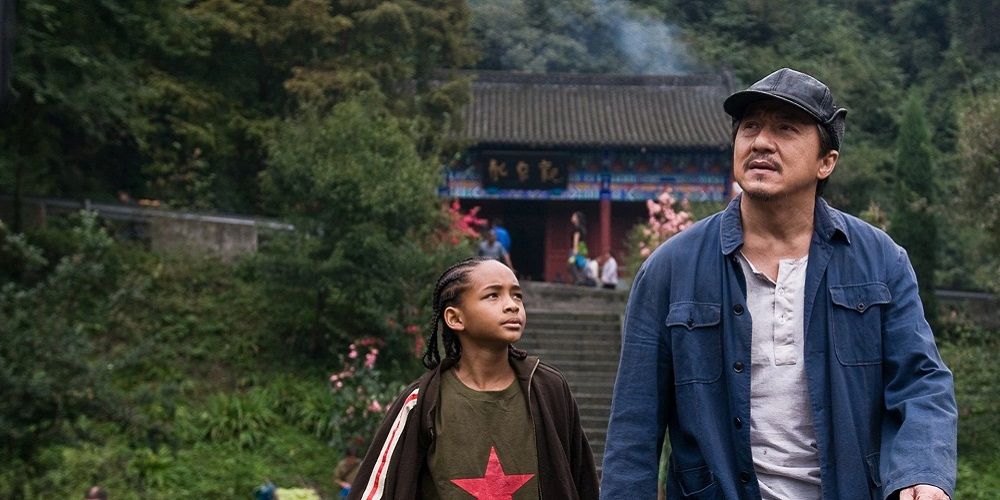
According to Jaden's father, Will Smith, Jackie Chan was so highly revered in his native China that his mere presence in the country opened doors for the production of The Karate Kid in ways nobody else possibly could.
Chan's eminence in China led to several productions favors, such as being granted permission to film in areas strictly forbidden in the region. Chan's inclusion in the film prompted the Chinese government to allow filming at the Great Wall of China, the Forbidden City, and the Wudang Mountains.
7 There Were Certain Conditions For Filming At The Great Wall Of China
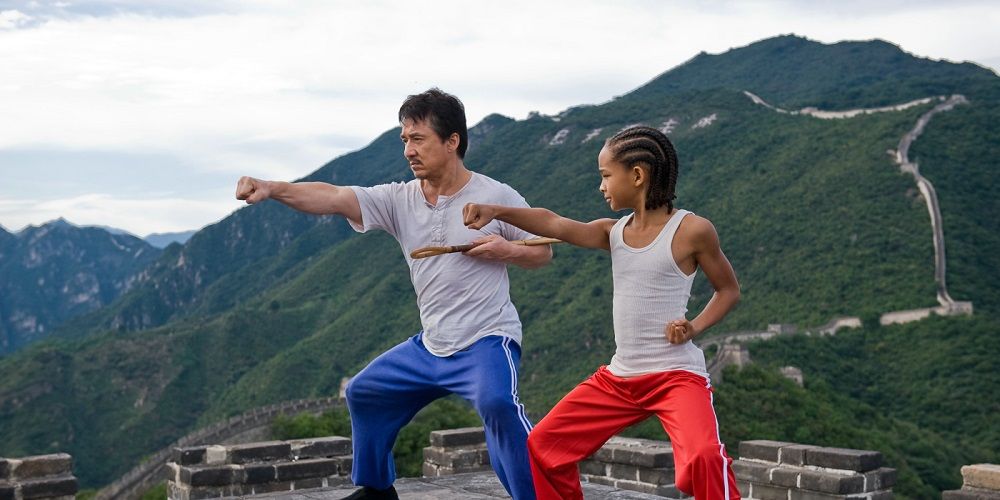
Although the Chinese government allowed Zwart and his team to film at the Great Wall of China, conditional restrictions were put in place. Since airplanes and helicopters are prohibited from flying over the wall, all of the camera equipment had to be transported by hand.
Production was finally granted permission to film certain overhead shots of the wall from a helicopter at sunset, but only when military training routines were completed.
6 It's The First Film To Shoot In The Forbidden City Since 1987

In addition to filming at The Great Wall of China, The Karate Kid became the first movie to film in China's sacred Forbidden City in more than 20 years. The palace mega-complex in the heart of Bejing, which once served as the imperial residence of the Ming Dynasty, had not been seen on film since Bernardo Bertolucci's 1987 film The Last Emperor.
The new The Karate Kid marks the first time the Chinese government granted permission to film in The Forbidden City since Bertolucci's historical biography.
5 Ralph Macchio Declined A Cameo
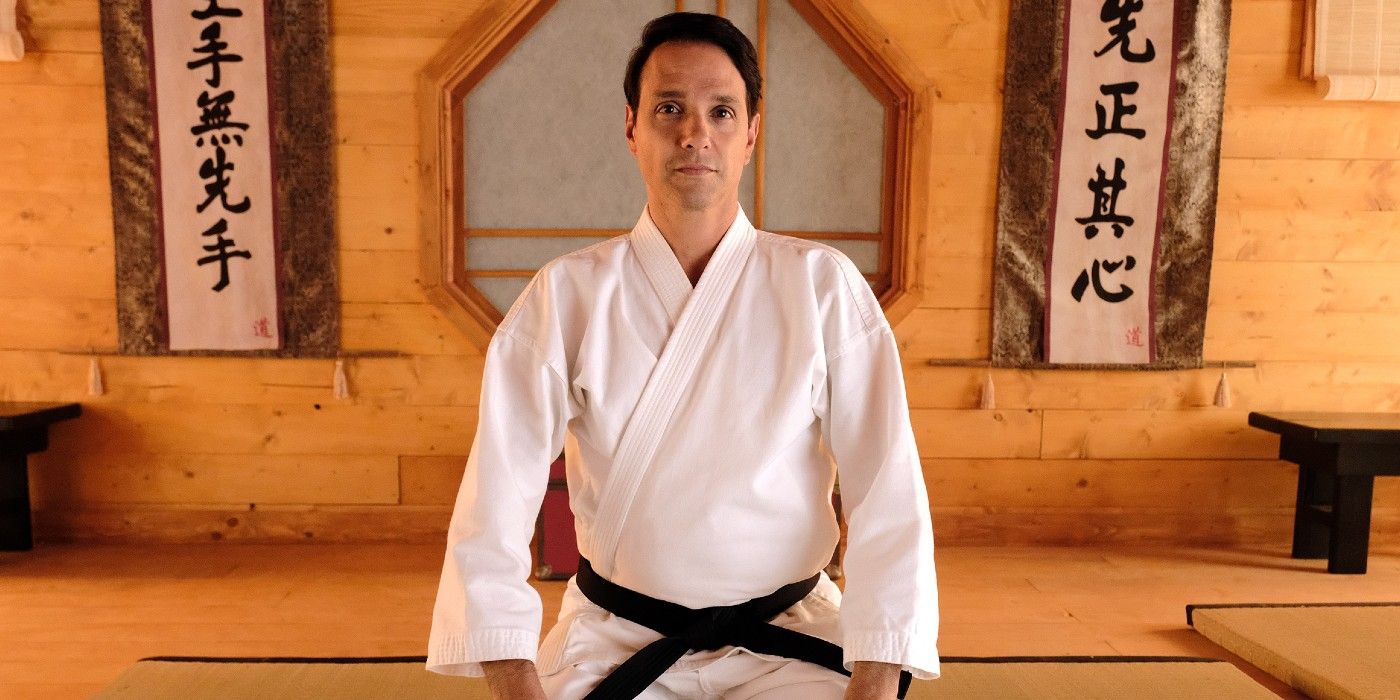
Although Ralph Macchio ultimately agreed to reprise his role of a lifetime as Daniel LaRusso in the beloved Cobra Kai sequel series, he turned down the chance to make a cameo appearance in The Karate Kid remake.
While no specific reason was cited for his disinterest, Macchio was publicly displeased with his experience making The Karate Kid Part III two decades prior. This probably informed his refusal of a quick cameo, though his resentment may have since waned as proven by his enthusiasm for Cobra Kai. In 2010, Macchio instead appeared in an episode of Law & Order: Criminal Intent.
4 James Horner Replaced The Original Composer
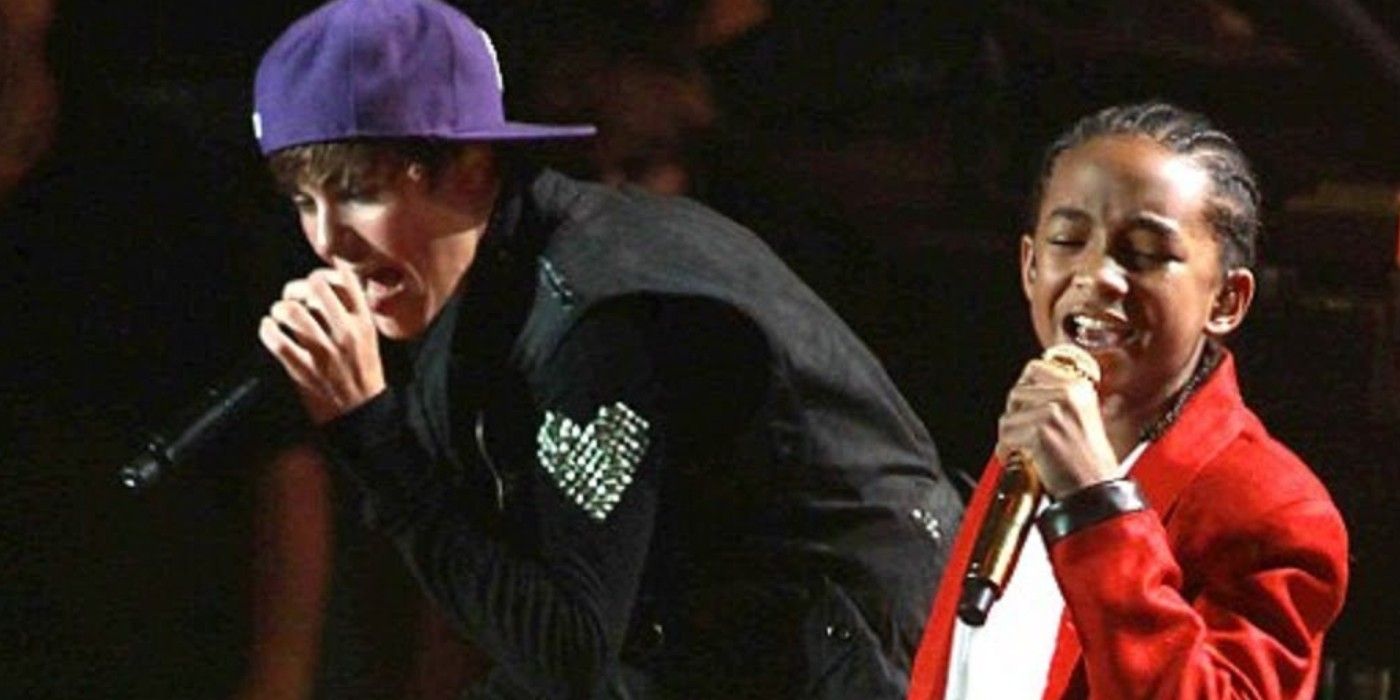
Icelandic composer Atli Orvarsson was originally hired to score The Karate Kid remake. However, he was replaced by two-time Oscar winner James Horner, who won awards for Original Score and Song for James Cameron's Titanic. This marked the first film Horner composed since Cameron's Avatar.
The score for The Karate Kid was released four days after the film on June 15, 2010. Jaden Smith and Justin Bieber performed the film's official theme song, "Never Say Never."
3 The Director Gave A Shout-Out To FFK

Prior to making The Karate Kid, Dutch director Harald Zwart was known for helming family films such as Agent Cody Banks and The Pink Panther 2. In every one of his films, Zwart makes an effort to shoutout his beloved football club, Fredrikstad (FFK).
In The Karate Kid, the FFK logo can be spotted on the jacket of the doctor during the championship tournament sequence. The logo is featured on a button worn on the doctor's coat.
2 There Are References To Original

Several references to the original The Karate Kid series can be found in the remake. For instance, when Dre begins training with Mr. Han with the poles, Dre does the iconic crane-kick move from the original film in silhouette. Mr. Han also performs the wax-on/wax-off technique when Dre commences his training regiment.
When Dre is being bullied at school, he wears a shirt nearly identical to the one Daniel LaRusso wore during the tea ritual in The Karate Kid Part II. Also, Dre wins the tournament in the end by using the Cobra Strike he learned from the woman in the temple. The move's name is a nod to Cobra Kai, the antagonists of the original films.
1 Dre Was The Bad Guy In The Chinese Cut
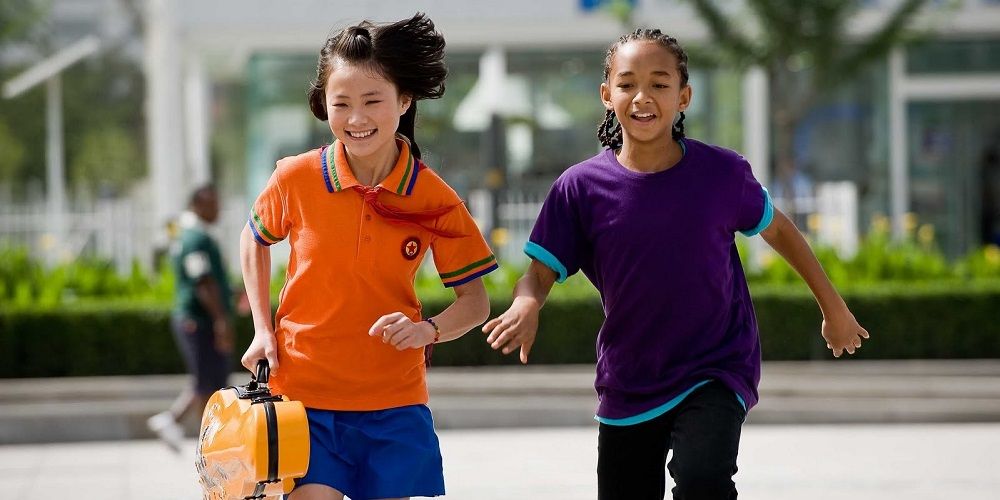
For its release in China, several scenes had to be reedited to comply with the nation's strict censorship laws. For example, the shots of Dre kissing Meiying (Wenwen Han) had to be removed. Additionally, scenes depicting harsh bullying at school had to be snipped down. But most infamously and controversially, China's censors basically edited the movie in such a way that it told a wholly different story.
Because of the censors' demands that Chinese characters not be depicted in a negative light, the film's Chinese version was reshaped to make it appear as if Dre instigated all of the fights, making The Karate Kid more of a redemption arc than an underdog tale. This actually supports a long-running theory about the original The Karate Kid which claims Daniel LaRusso was always the true antagonist and that the real Karate Kid was Johnny Lawrence, an angle that the sequel series Corba Kai has supported.
from ScreenRant - Feed https://ift.tt/3c4Aswc


0 Comments